Species Photo Gallery for Cedusa obscura No Common Name |
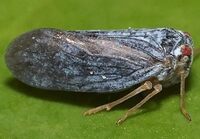 | Photo by: Rob Van Epps
Mecklenburg Co.
Comment: Caught sweeping in a weedy woodland edge. | 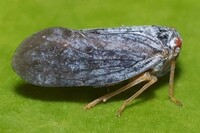 | Photo by: Rob Van Epps
Mecklenburg Co.
Comment: Caught sweeping in a weedy woodland edge. |
 | Photo by: Rob Van Epps
Mecklenburg Co.
Comment: Caught sweeping in a weedy woodland edge. |  | Photo by: Rob Van Epps
Mecklenburg Co.
Comment: Caught sweeping in a weedy woodland edge. |
 | Photo by: Rob Van Epps
Mecklenburg Co.
Comment: Caught sweeping in a weedy woodland edge. | 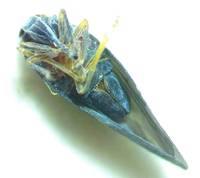 | Photo by: Ken Kneidel
Mecklenburg Co.
Comment: 4.1 mm, caught in a sweep through an open, weedy, marsh |
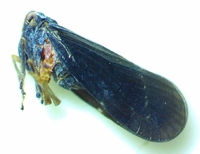 | Photo by: Ken Kneidel
Mecklenburg Co.
Comment: 4.1 mm, caught in a sweep through an open, weedy, marsh |  | Photo by: Ken Kneidel
Mecklenburg Co.
Comment: 4.1 mm, caught in a sweep through an open, weedy, marsh |
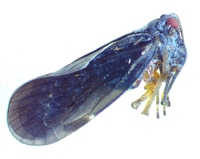 | Photo by: Ken Kneidel
Mecklenburg Co.
Comment: This female was caught in the same sweep with a Cedusa obscura male, so it's likely this is also C. obscura. Habitat was an open, weedy, marsh. |  | Photo by: Ken Kneidel
Mecklenburg Co.
Comment: This female was caught in the same sweep with a Cedusa obscura male, so it\'s likely this is also C. obscura. Habitat was an open, weedy, marsh. |
 | Photo by: Kyle Kittelberger, Paul Scharf
Dare Co.
Comment: grassy, brushy habitat | 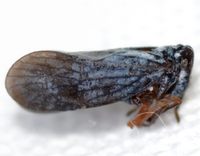 | Photo by: Kyle Kittelberger, Paul Scharf
Dare Co.
Comment: grassy, brushy habitat |
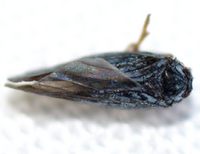 | Photo by: Kyle Kittelberger, Paul Scharf
Dare Co.
Comment: grassy, brushy habitat | 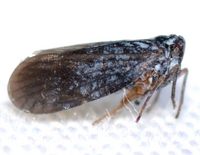 | Photo by: Kyle Kittelberger, Paul Scharf
Dare Co.
Comment: grassy, brushy habitat |
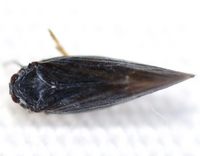 | Photo by: Kyle Kittelberger, Paul Scharf
Dare Co.
Comment: grassy, brushy habitat | 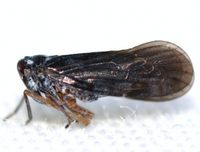 | Photo by: Kyle Kittelberger, Paul Scharf
Dare Co.
Comment: grassy, brushy habitat |
 | Photo by: Kyle Kittelberger, Paul Scharf
Dare Co.
Comment: grassy, brushy habitat |

 »
»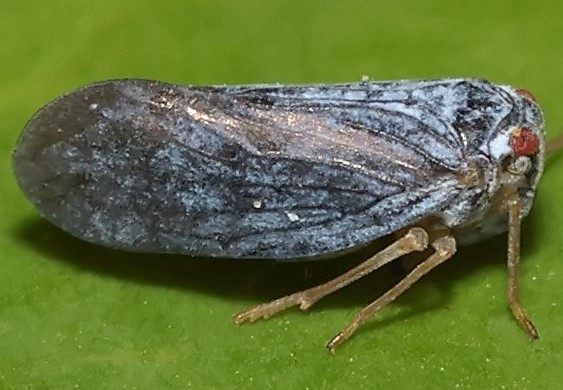

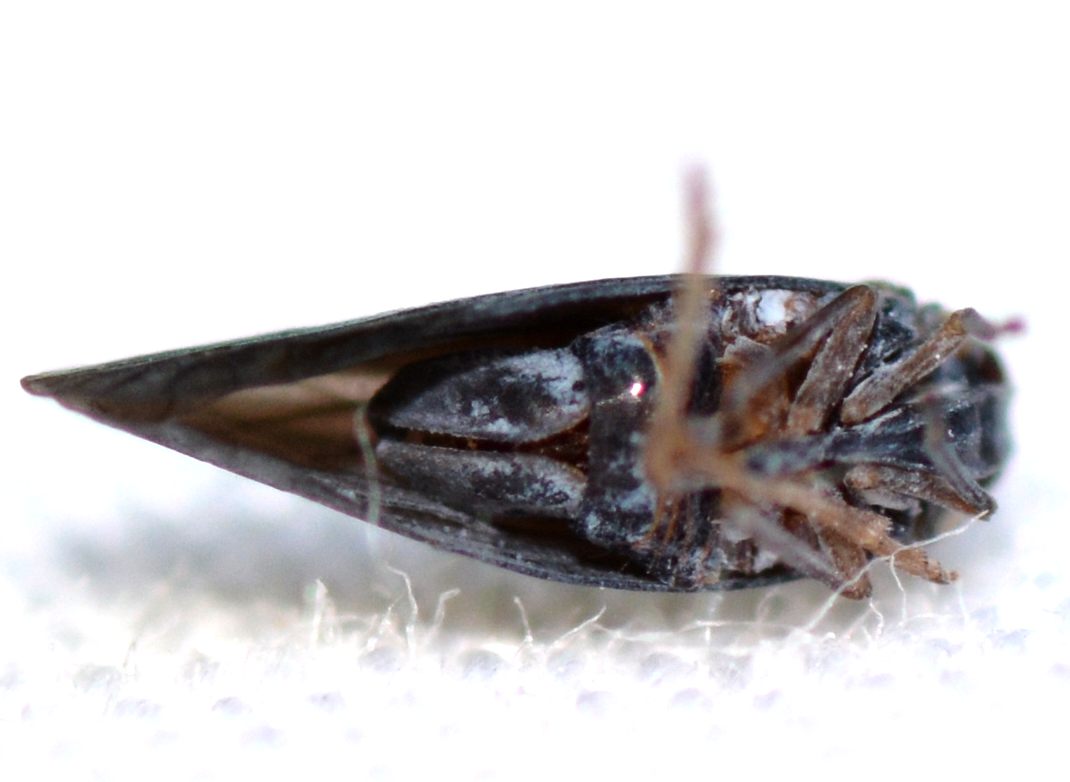
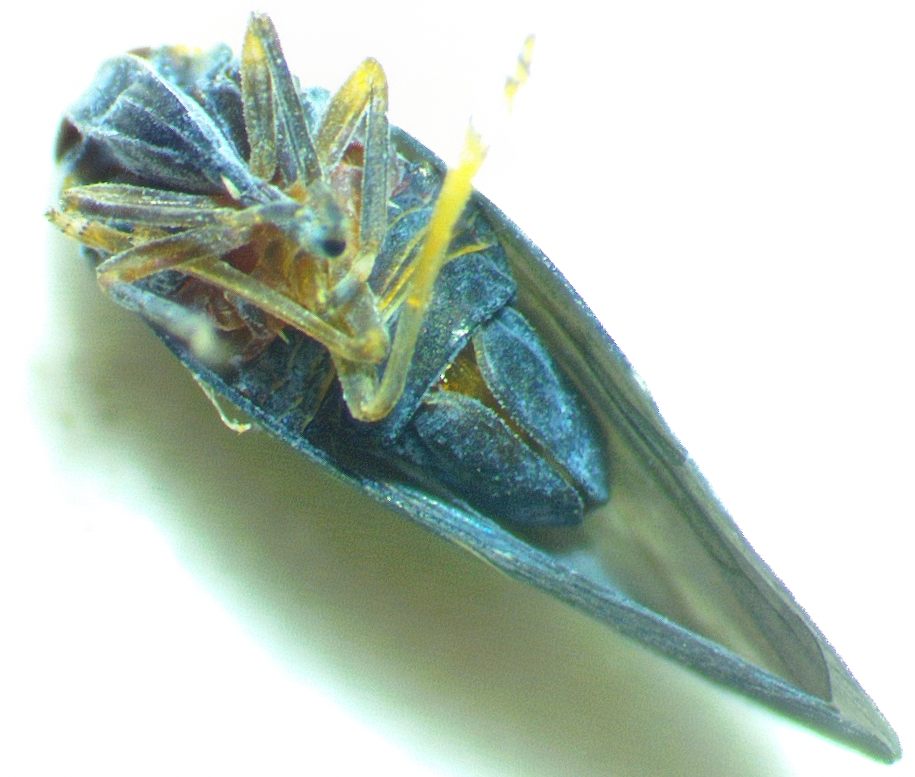

 »
»


